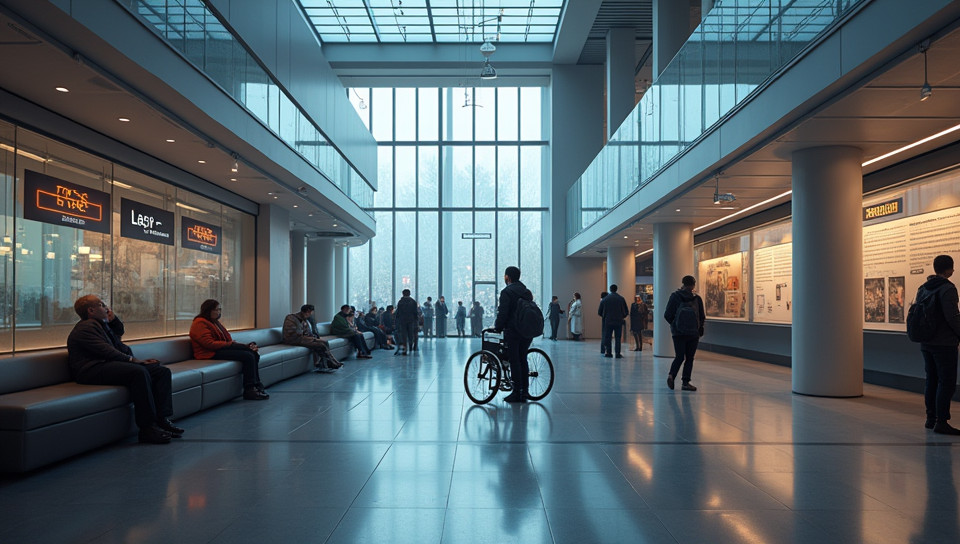Inaccessible designs limit user interaction 97%

The Hidden Barriers to User Engagement
As we navigate the digital landscape, it's easy to overlook the subtle yet significant impact of design on user interaction. A well-crafted interface can be a gateway to seamless navigation and productivity, while an inaccessible one can lead to frustration and abandonment. The consequences of neglecting accessibility in design are far-reaching, affecting not only users with disabilities but also the broader online community.
The Inaccessibility Epidemic
The World Wide Web Consortium (W3C) estimates that approximately 15% of the global population lives with some form of disability. This translates to a staggering 1 billion people worldwide who may face barriers when interacting with digital products. However, accessibility issues extend beyond users with disabilities, affecting anyone who encounters poorly designed interfaces.
The Consequences of Inaccessible Design
Inaccessible designs can lead to a range of negative outcomes:
- Poor user experience and high bounce rates
- Decreased conversions and revenue
- Negative word-of-mouth and online reviews
- Loss of customer loyalty and trust
- Failure to meet regulatory requirements and accessibility standards
Designing for Accessibility: A Shared Responsibility
Creating inclusive designs is not only a moral imperative but also a business necessity. By adopting accessible design practices, organizations can:
- Increase user engagement and satisfaction
- Enhance brand reputation and credibility
- Meet evolving regulatory requirements and standards
- Expand their market reach and customer base
Strategies for Inclusive Design
To break down accessibility barriers, designers and developers can employ the following strategies:
- Follow established accessibility guidelines and standards (e.g., WCAG 2.1)
- Conduct regular usability testing with diverse user groups
- Use clear and consistent language in interface elements
- Provide alternative text for images and multimedia content
- Ensure keyboard-navigable interfaces
Conclusion
Inaccessible designs are a barrier to user interaction, limiting the potential of digital products to engage and serve their audiences. By prioritizing accessibility and inclusive design practices, organizations can unlock new opportunities for growth, innovation, and social responsibility. As we strive to create more accessible and user-friendly experiences, let us remember that inclusive design is not just a moral obligation but also a business imperative.
- Created by: Yǔzé Ko
- Created at: Jan. 9, 2025, 2:46 p.m.
- ID: 17599





